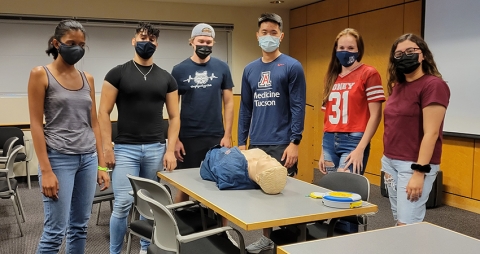Every day nearly 1,000 people die from sudden cardiac arrest in the United States alone. By using the resources on this page, you can learn how to double a person’s chance of survival!
CPR In the COVID-19 Era

Every day nearly 1,000 people die from sudden cardiac arrest in the United States alone. By using the resources on this page, you can learn how to double a person’s chance of survival!
CPR In the COVID-19 Era
